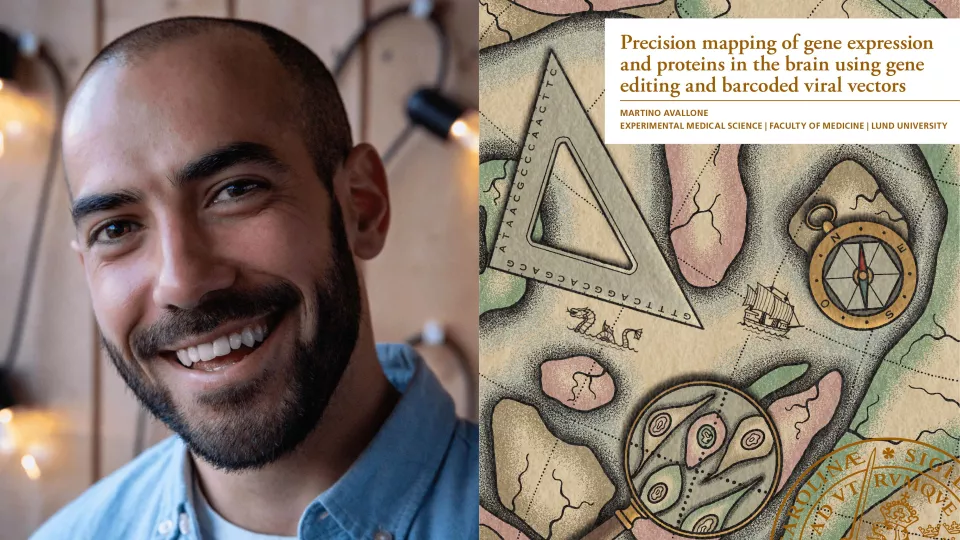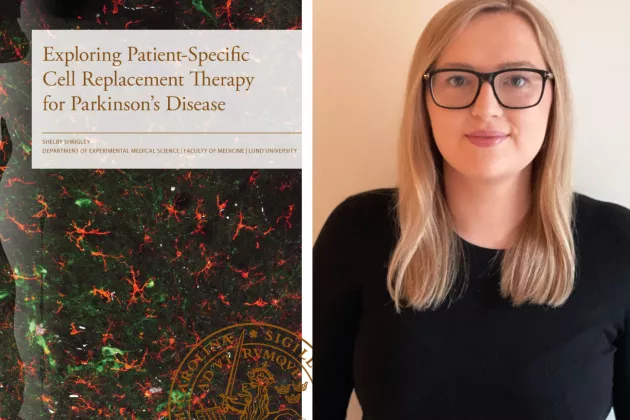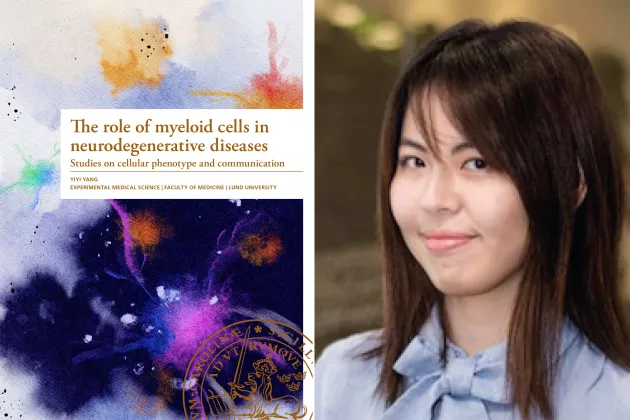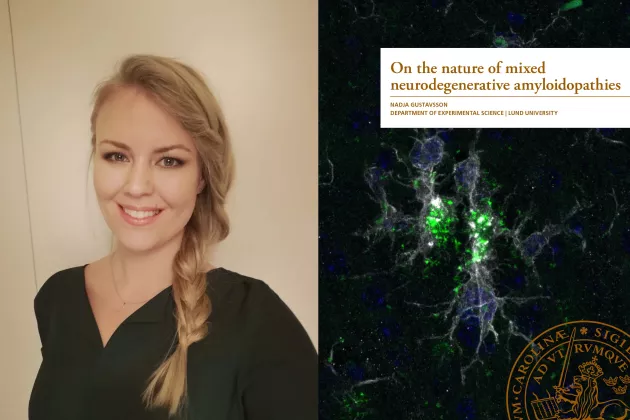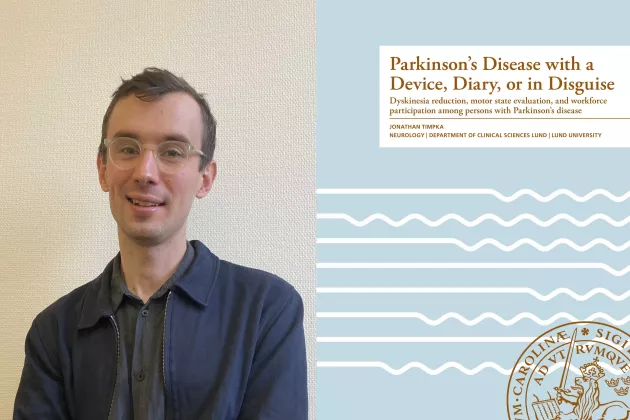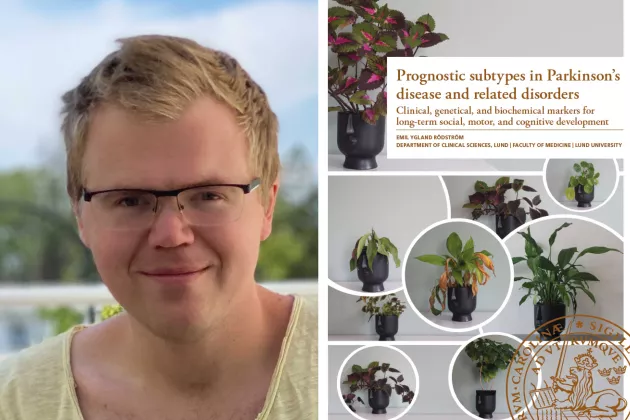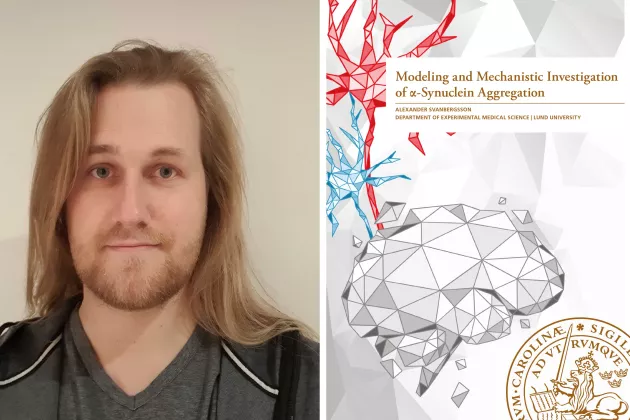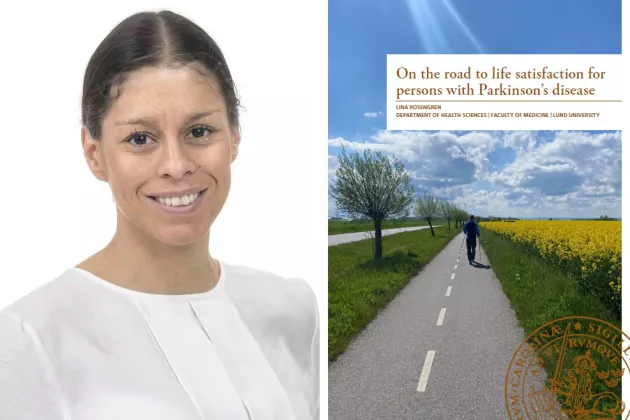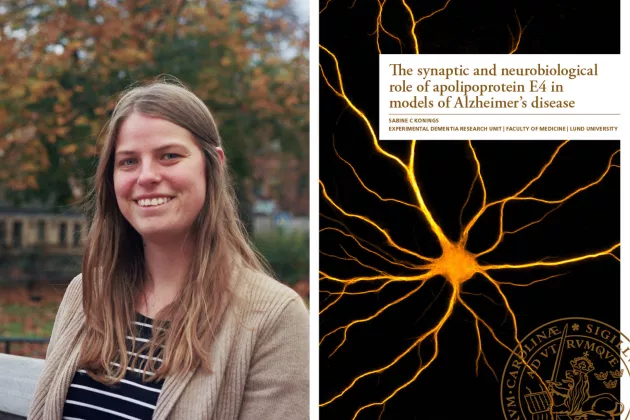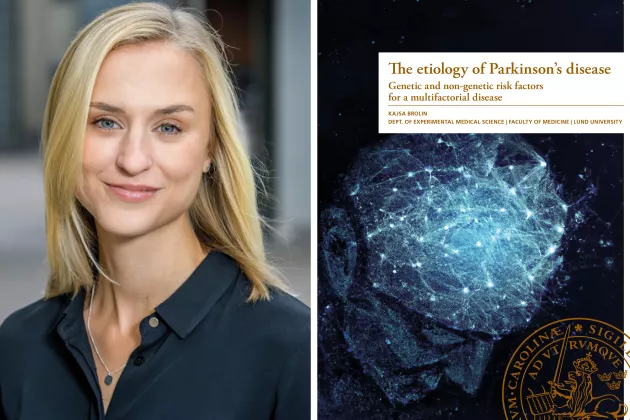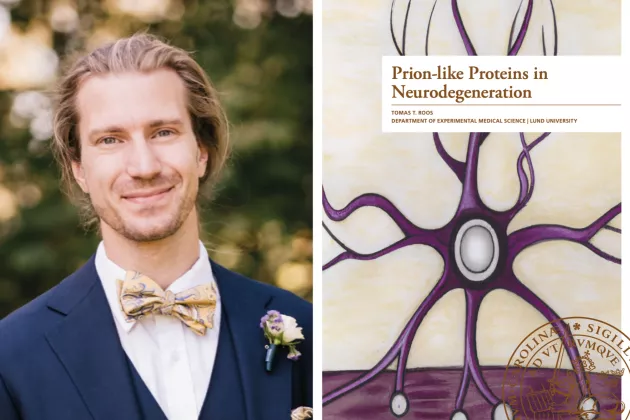Tell us about your research!
“It was challenging to find a thesis title including everything I have done during my thesis work. My projects were mainly about developing and refining molecular tools to answer research questions, ranging from fundamental biology to investigating changes in Parkinson’s disease development. For that purpose, I worked with three techniques: gene editing based on CRISPR-CAS9 technology, engineered viral vectors, and barcodes.
With the CRISPR-CAS9 technique, you can edit genes by cutting and pasting new sequences of interest into them. Adding a fluorescent tag to the protein of interest makes it possible to track when this protein leaves the neuron and enters another neuron. We used it to add a fluorescent reporter tag to the Arc gene encoding for a protein involved in a new type of communication between neurons never shown before in the mammalian brain.
Engineered viral vectors can deliver genes to a specific cell population, for example, neurons in a particular area of the brain you wish to study. During my thesis, we were interested in studying the molecular changes happening in the dopaminergic neurons of the substantia nigra during Parkinson’s disease progression.
In this context, we adopted molecular barcodes, short DNA sequences that give a molecular identity that distinguishes particles derived from different viral vectors. This allowed us to measure the viral load in each cell, exploring the molecular changes triggered by 1, 10, or 10,000 viral vectors expressed in the target cells.
These three techniques have been the major components of the toolbox I used for our research questions during my Ph.D. journey.”
What did you discover?
“One thing was that we observed in the mouse brain what had only been shown in cell culture regarding the Arc protein. This protein seems to be involved in some sort of communication between neurons. We don’t know exactly how this is regulated yet. However, the Arc protein appears to form a viral-like particle, spreading from one neuron into another, playing a major role in synaptic plasticity, and it is at the core of higher cognitive functions in the mammalian brain. In this project, we followed the Arc protein from its expression in one neuron to its effects in other neurons nearby. This was possible to track thanks to the robust gene editing technology I adapted for this purpose.”
What is the main contribution to science of your thesis?
“Discoveries are fascinating, but I would say that the development and adaptation of the genetic toolbox was my most essential contribution to the field. Parkinson’s disease is a progressive neurodegenerative disorder, which implies that the molecular and cellular pathogenesis evolves during different stages of the disease. My thesis work resulted in a new dataset which can now be analyzed to dig deeper into the pathological processes of each stage of the disease. As the number of viral vector particles transduced into each neuron varies, it also models different stages of the disease with different levels of the Parkinson-associated protein alpha-synuclein expressed and aggregated. This is for future projects to analyze with the help of machine learning and artificial intelligence to discover patterns and interpret the data I collected so that we can identify new opportunities to tackle the disease at different stages. I feel that this is my main contribution to science so far.”
Can you tell us more about the cover of your thesis?
“I spent a lot of energy thinking about the cover, with no clue on what could represent the work of my thesis. Till one day, I realized my eyes were stuck on the word in the title: mapping. Once conceptualized, the artistic hand of Matilde Negrini drew it.
The cover is a cartographic representation of a mouse brain section focusing on the region of the Substantia Nigra. Just as brave explorers once used to navigate dangerous seas, modern researchers now embark on life science's complex and mysterious world. A set square with nucleotides as digits, a compass with an embedded figure of an Adeno-associated virus, and a powerful lens alluding to a microscope.”
What have been the most challenging during your Ph.D.?
“My second and third projects were challenging. It took over three years of experimental work to figure out what technique and strategy we should use to shed light on our scientific question.”
And the most rewarding?
“When finally, after several attempts throughout the years, I found the CRISPR/Cas9 editing strategy able to knock in correctly the fluorescent tag in the Arc gene.”
What are you most proud of?
“My second and third projects are not published yet, but I am proud of having taken them to the step where they are now. The huge dataset of molecular changes happening during Parkinson’s disease with single cell resolution. It feels like a golden mine waiting just to be dug up. The remaining work for those projects is in the hands of bioinformaticians and researchers with other expertise.”
What advice do you want to give to new Ph.D. students?
“I cannot really say something. Even if I could, I do not want to. What worked for me, might not work for others. My mantra was DAJE FORTE, find yours.“
What happens after your defense?
“I will stay three more months in the research group to finish some of the projects and be a helping hand in starting up new ones. Then, I will probably take some time off to decide the next step.”
Is there any other thing you would like to add about your PhD?
“I want to take the opportunity to stress the importance of collaboration. Nothing in research can be completed by one single person. During my thesis, I got help from a lot of people. Without them, my thesis would not exist. I want to express my gratitude to my supervisor, Tomas Björklund, to my right arm Joaquin Pardo. To all colleagues, collaborators, and technical personnel who helped me to make sense of the experimental work in my thesis. Everybody matters for the whole picture of a project.”


